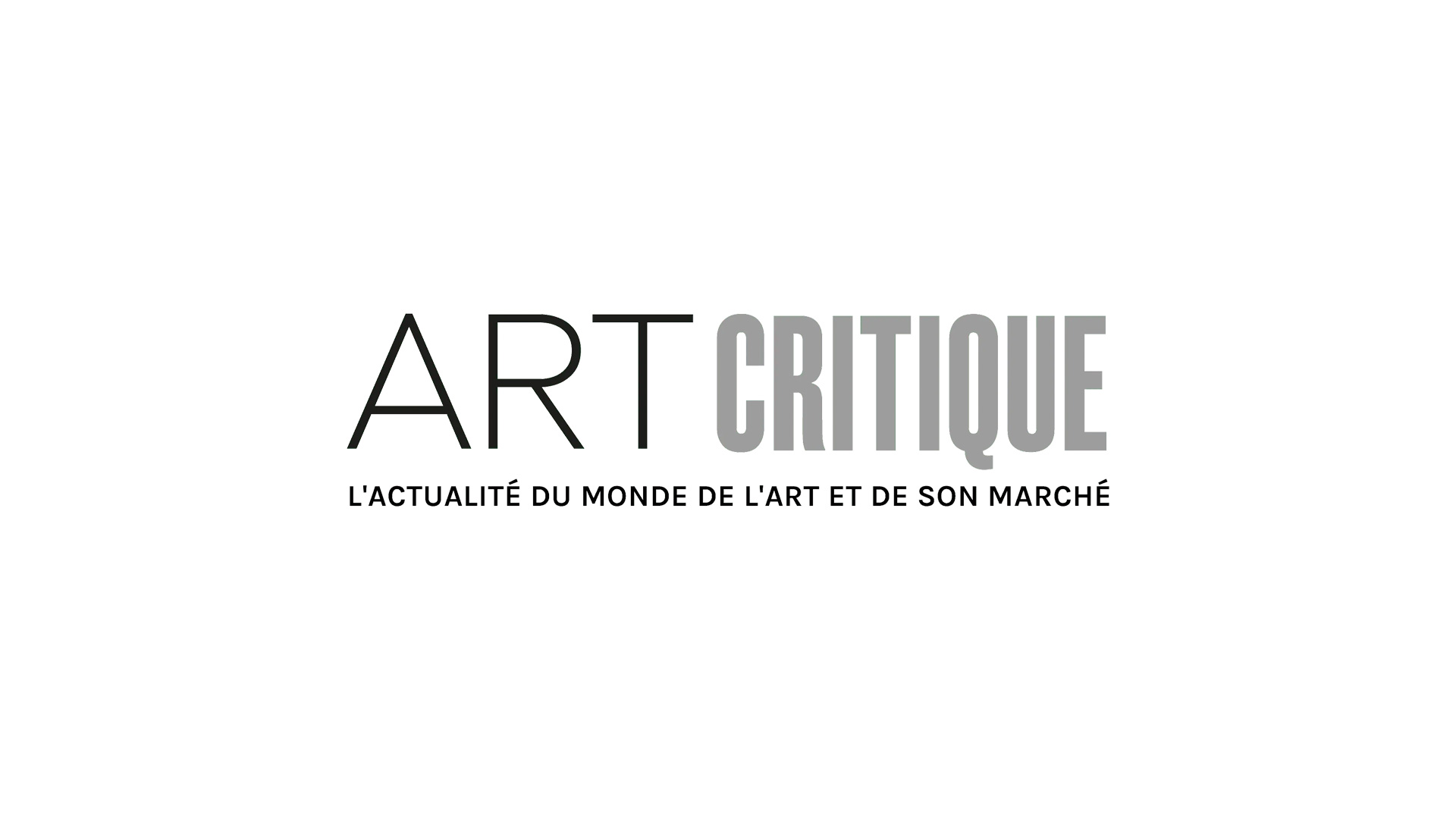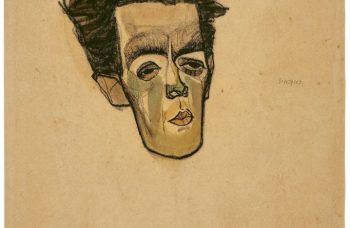In the coming weeks, a new French task force will be researching and returning artworks looted during the Nazi occupation of France to their rightful owners or their heirs. The task force, which was announced last year, is a new office within France’s ministry of culture. The five-person staff, headed by culture ministry official David Zivie, will look into cases of artworks residing in France whose histories are already suspected to concern Nazi-era looting. Additionally, the task force will look into other artworks within French institutions with potentially questionable pasts. ‘We are not starting from nothing, but we are amplifying the work,’ Zivie told the New York Times in an interview.
The task force, which will be called the Mission for Research and Restitution of Spoliated Cultural Property, is a product of research performed by Zivie last year. The report was commissioned by then-culture minister Audrey Azoulay in March of last year to look into the such cases. The task force will hopefully address issues of ‘dispersed organization’ within France’s attempts of restitution, correct the ‘absence of visibility and coordination,’ and gain the trust of claimants, all of which were issues raised by Zivie’s report. In July of 2018, France’s prime minister, Édouard Philippe, made a speech in memoriam of the 1942 roundup of Jews by French police. In the speech, Philippe stated that France’s government needed ‘to do better’ in restituting artworks. Shortly after the speech, the task force was announced. It will receive a mere €200,000 to carry out its research, but Zivie maintains optimism that the task force will find the necessary funding.
French authorities estimate that around 100,000 objects were looted by Nazis or sold under questionable circumstances during occupation of France and sent to Germany. Many of these were owned by Jewish individuals who were forced to sell the artwork or it was taken from them. Between 1945 and 1949, approximately 60,000 of those objects were returned to France and only about 75% of the objects were claimed by their owners. Most of that that went unclaimed was sold at auction while about 2,100 works remained in France.
However, since 1951, only 121 artworks and objects of those remaining 2,100 have been restituted by France, 25 of which happened after 2012. France’s government has faced criticism for their policies concerning restitution, which, instead of looking into artworks presumably looted, they wait for individuals to file claims to artworks. With changes that have been to streamline France’s process, referrals for the investigation of artworks can now be made by ‘any individual concerned.’ The prime minister will ultimately decide on what is restituted when task force researchers present their findings at the end of each study.
‘We won’t be able to return everything,’ said Emmanuelle Polack, an art historian specialized in the French art market during the Nazi occupation. ‘But at least we should feel, in good conscience, that we did as much as we could.’





